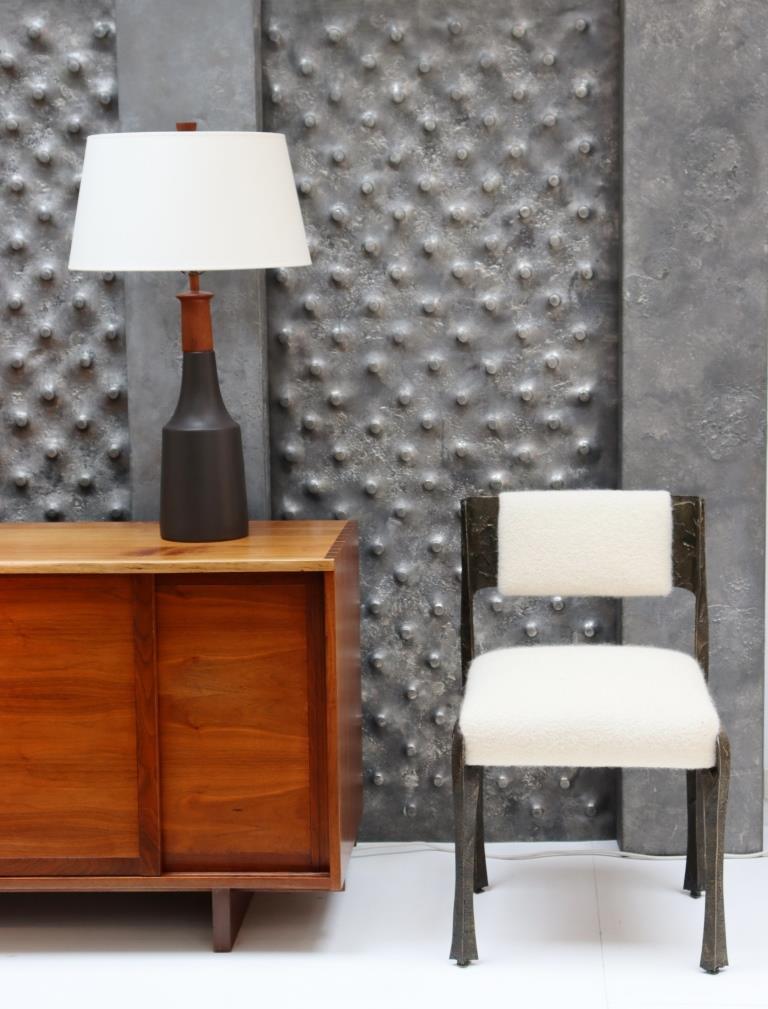
SABATIER Pierre
1925-2003
France
Trained at the École des arts décoratifs and the École des beaux-arts in Paris, Pierre Sabatier is a sculptor and visual artist whose career spans over fifty years. An admirer of Le Corbusier, he campaigns for the integration of the arts into modern architecture. He joined the modern architecture movement with the publication of the magazine ‘Le mur vivant’. In the early 1960s, Pierre Sabatier created large mural compositions mainly in ceramics and mosaics. He responded to numerous public commissions. From the 1970s, Sabatier abandoned this technique in favor of working with metal, which became his preferred material. Working with steel, tin, brass, aluminum and copper in his workshop located in Allier, he did not hesitate to oxidize metal and transcend matter. During the 1980s, Pierre Sabatier incorporated concrete into his works, which he used for his public commissions, notably playgrounds and theme parks. Renowned architects of his generation such as the Arsène-Henry brothers and Michel Herbert entrusted him with the creation of interior spaces, partitions, doors, and claustra walls in private and public buildings. Thus, in 1967, at the request of the Arsène-Henry brothers, Pierre Sabatier created a monumental composition in hammered and oxidized copper for the Tour d’Aquitaine in La Défense. In 1968, he developed a new aesthetic on a monumental scale by creating the claustra doors of the wedding hall in stamped and oxidized brass for the Grenoble City Hall. An award-winning artist, his work is preserved in the collections of the Centre Pompidou in Paris.
Pièces disponibles
Archives
No data was found
